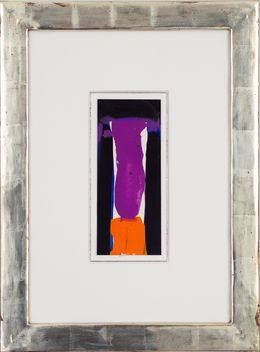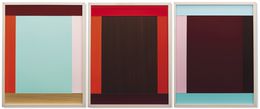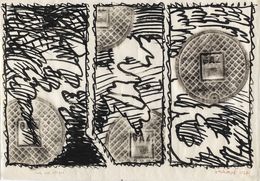
A showcasing of the work of Design Architect, Bernard Dubois
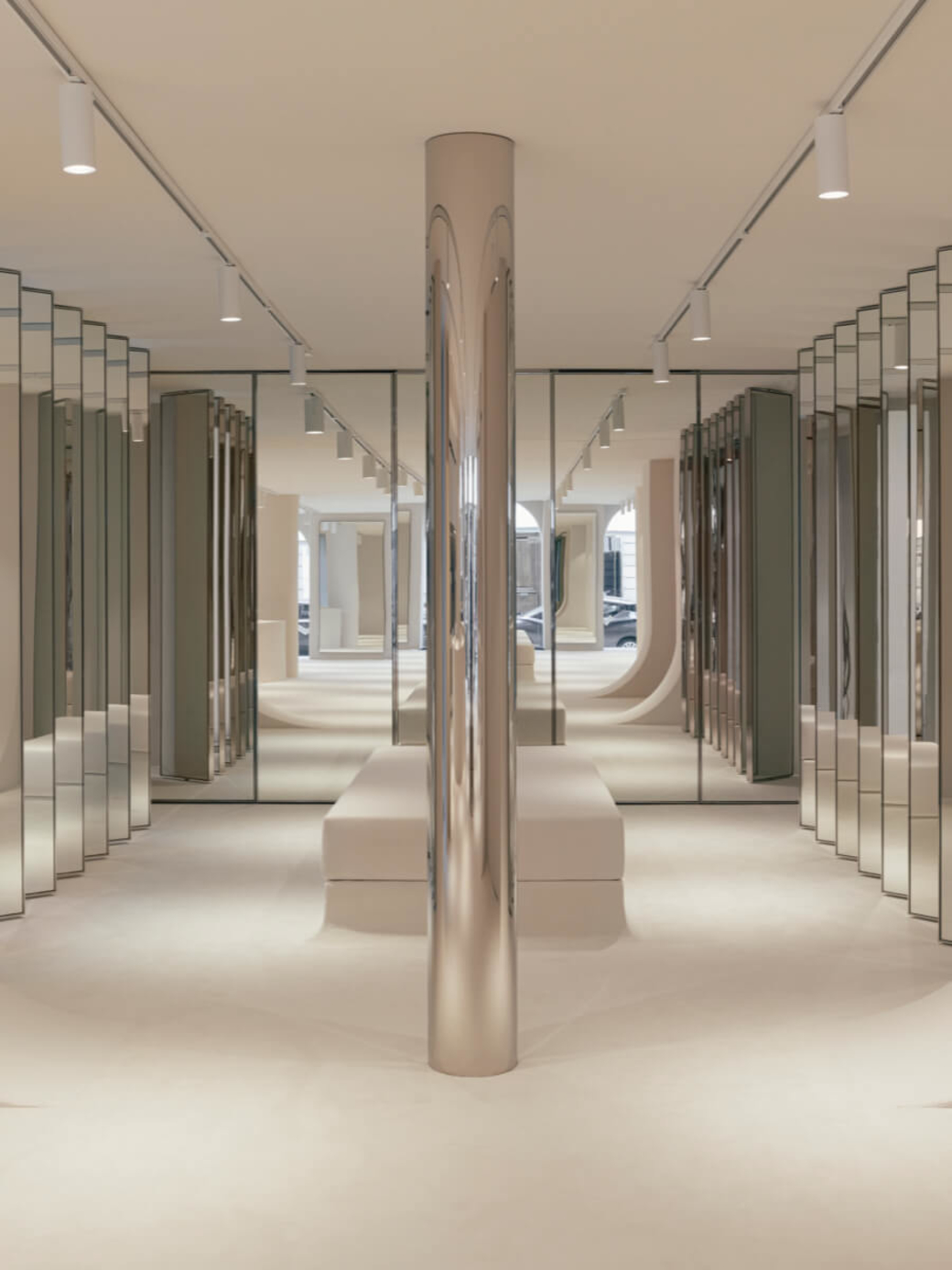

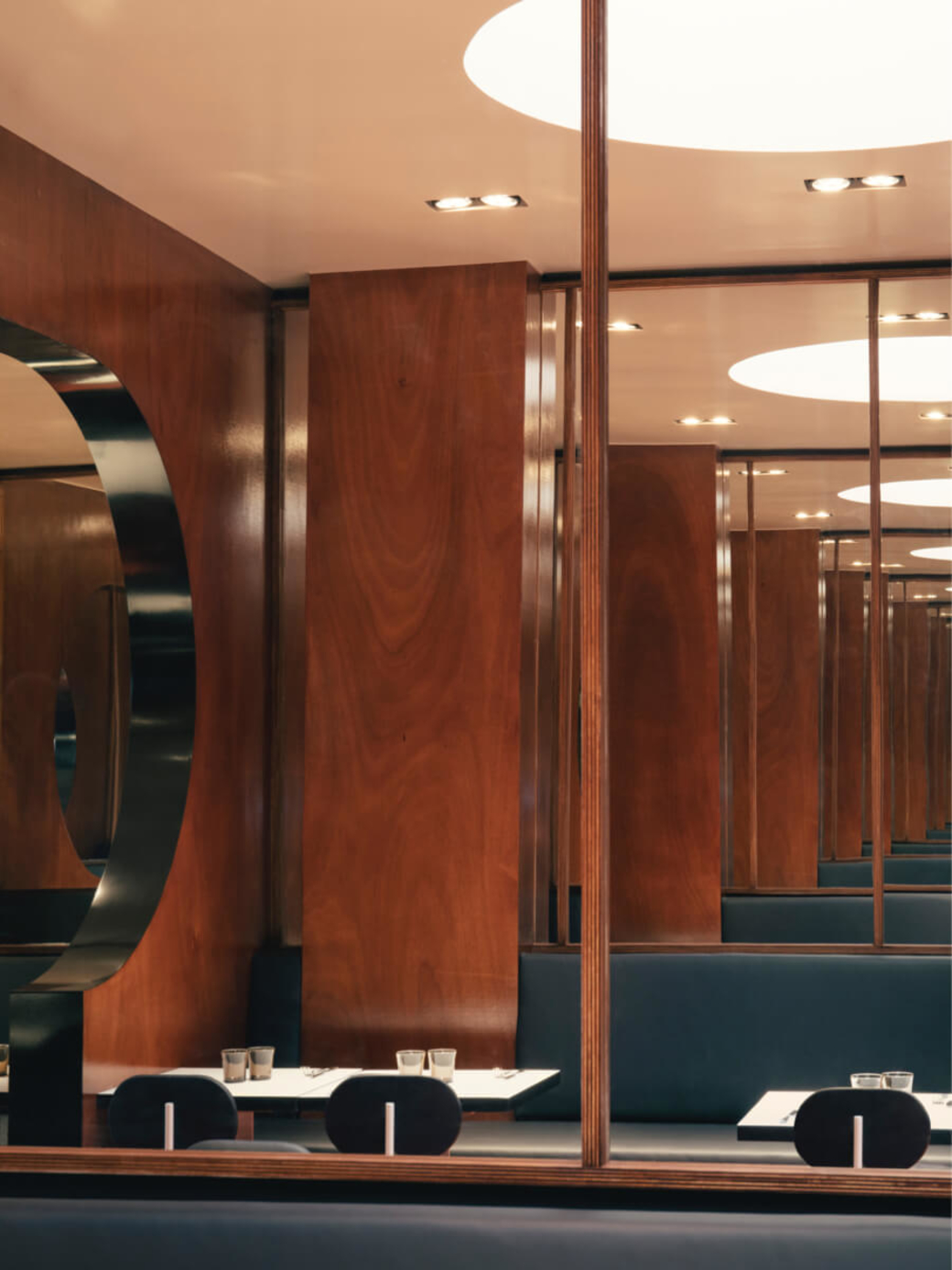
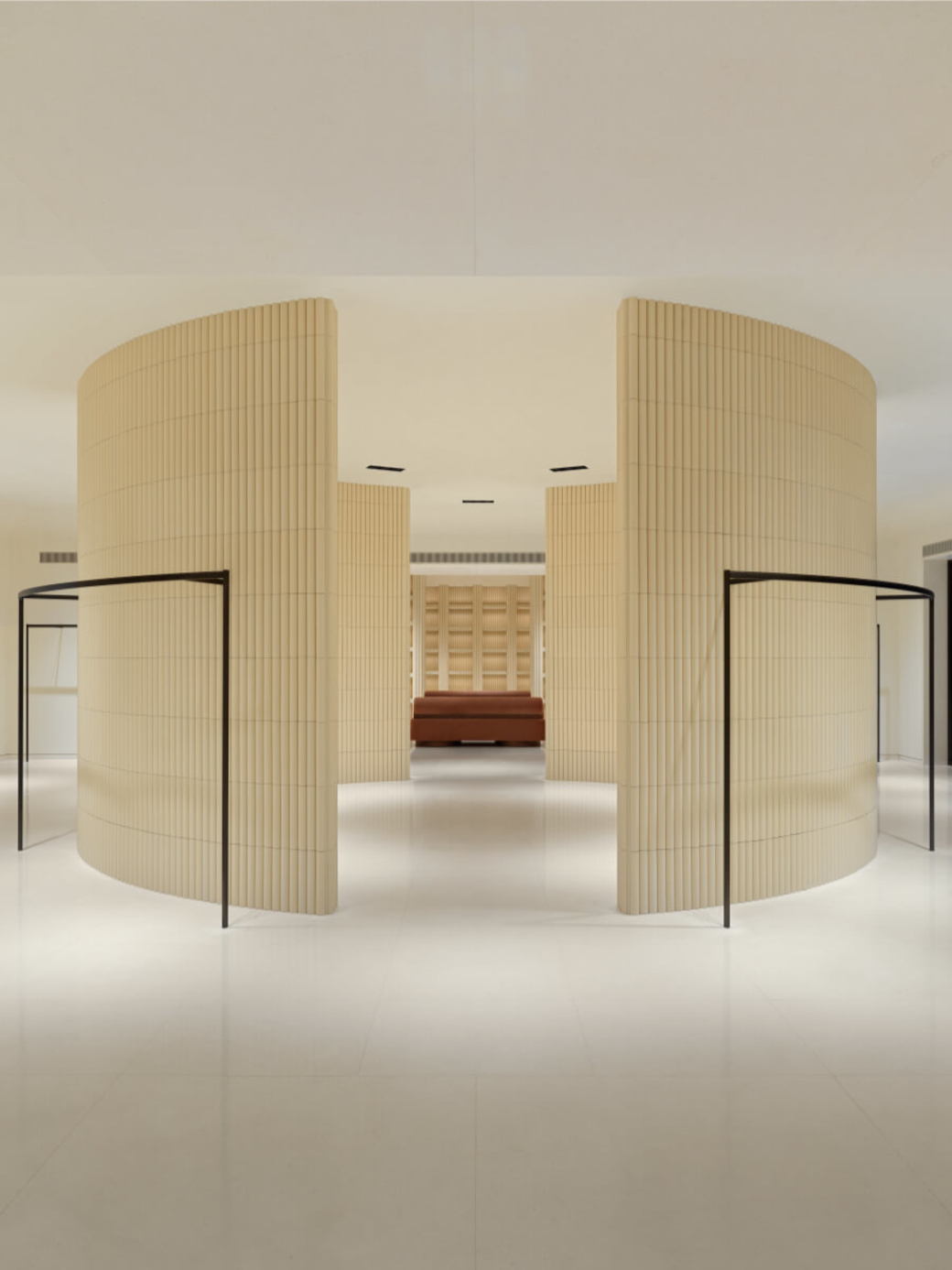
Some examples of Bernard's work clockwise from left to right: An interior at Courreges, then at Carven and PNY Fabourg St Antoine—©Romain Laprade. Icicle SBM Shanghai ©Suisicong.
Belgian architect Bernard Dubois blurs the lines between disciplines. Drawing upon references to different eras of design and architecture, he creates coherence and brings together what the history of architecture has previously opposed. At the foundational level of his career, Bernard Dubois studied photography before graduating as an architect from La Cambre in 2009 and establishing his own practice in 2014. Regardless of the nature of the project, the vocation of Bernard Dubois's architecture is to be informed, contextual and fundamentally cultural.
1. Hello Bernard! How would you describe your interior design style and where do you get your inspiration when starting a design project?
Hello! My style is hard for me to define. It has roots in the various 20th century movements such as Bauhaus, Modernism, but also Postmodernism, Art Deco, and many others. When starting a project, I'm always looking for what's right for that project in particular. For each specific project, I try to discover its personality, character and its essential nature.
From there, the whole design process is based on deciding on a few elements that will compose the project: be that the theme or brief, the relationship between them or something else entirely. Moreover, beyond the elements themselves, I am interested in how each element relates and interacts in the space. This connection is what creates the project. I reflect upon many decisions that deliver the eventual balance of the project, such as which element should take prominence and which should play a less dominant role: which should be thick and strong and which should be tall and skinny?
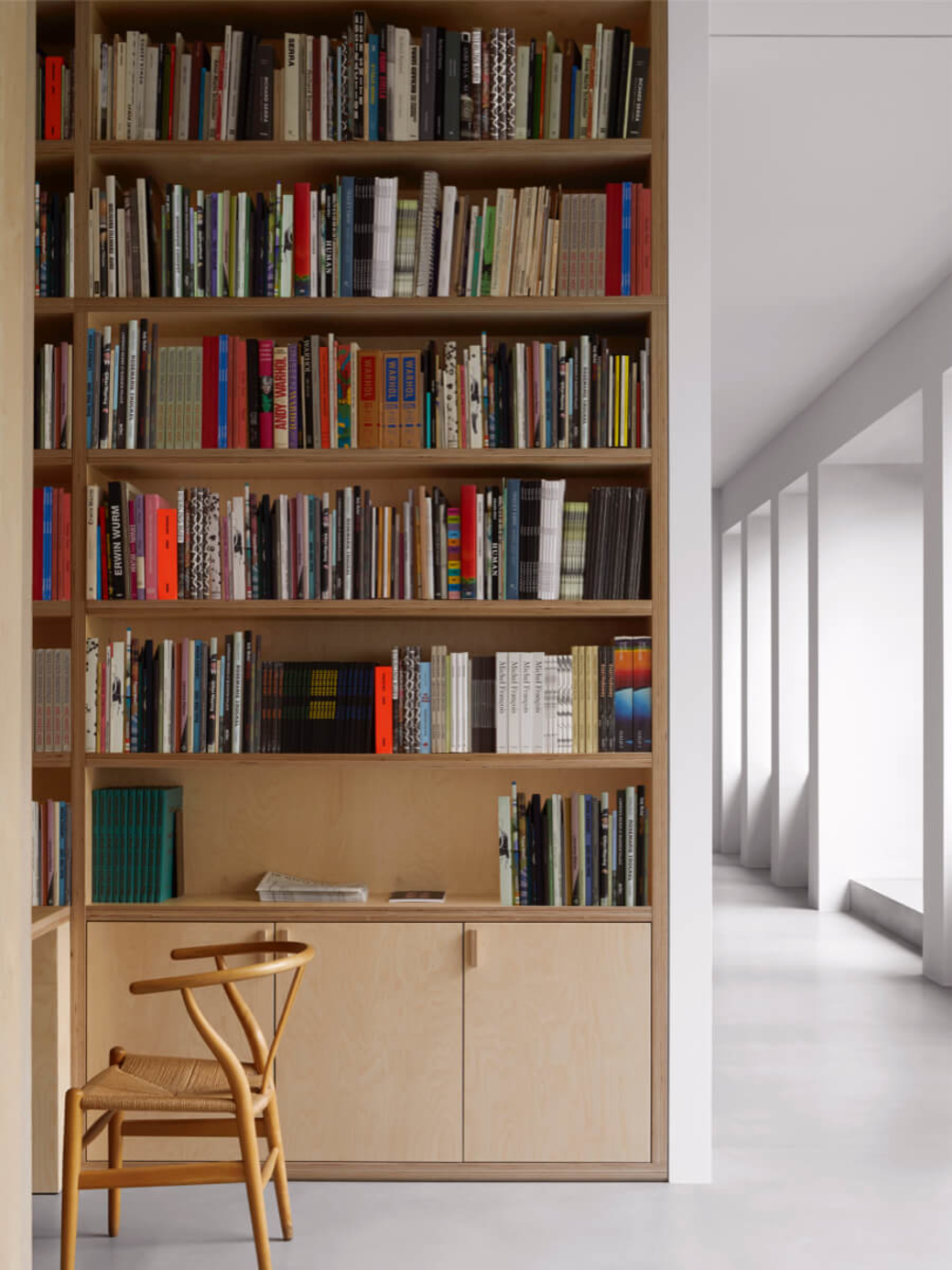
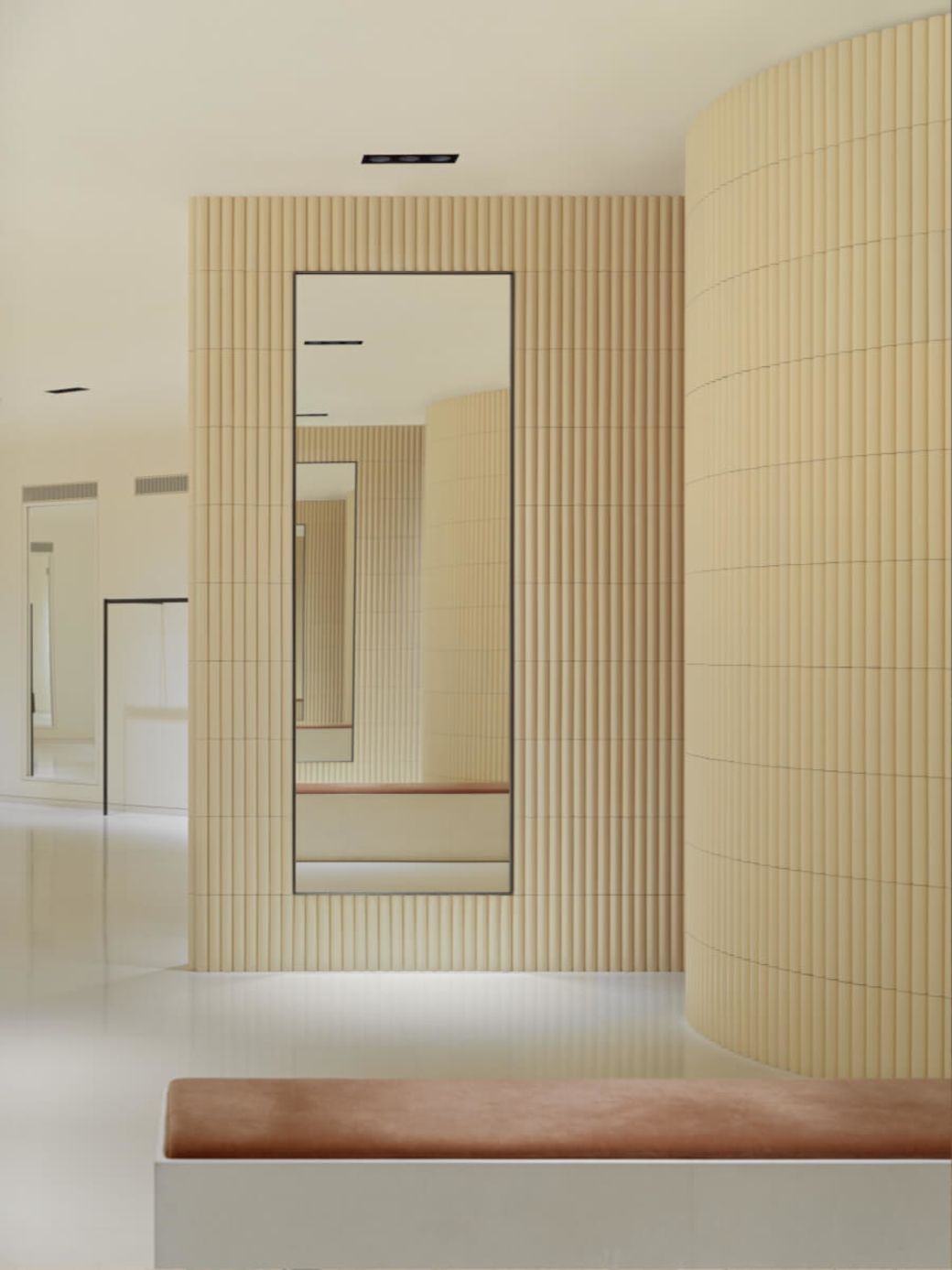
On the Left: Galerie Xavier Hufkens // On the Right: Icicle SBM Shanghai ©Suisicong
2. What have been your favorite past projects?
The projects I'm usually most excited about at any given moment are the ones we're in the process of designing or executing. Among recently delivered projects, my favorites would be the gallery for Xavier Hufkens in Brussels, the Courrèges store, the restaurant for PNY in le Marais, the Icicle store in Shanghai or the furniture edition for Maniera. My past projects are also a basis for the design of future projects, in a kind of filiation. The projects create their own languages.
3. Would you say that artwork seems to be an important part of your interiors? How do you incorporate art into your designs?
Art is usually incorporated at an early stage in the project. We choose pieces, we imagine where they could go, and we represent them through our renderings. Very often at the end, different pieces are chosen in a more spontaneous way, but the initial choices help define the project.
4. Linear simplicity seems to be a key element of your aesthetic, both in your portfolio and on your Instagram account. What advice would you give to people who want to embrace geometric perspectives for the first time within their interior design?
I would tell them the most cliché thing, but that is actually true: to spontaneously follow their instinct. If they truly wish to create their own original architecture, they should create their own rules. If you use the same elements as Mies Van Der Rohe and the same relationship between these elements remains in line with his design, you will create a project à la Mies Van Der Rohe. On the contrary, if you don't follow existing rules, you need to trust your own instinct about which element should be thin, which should be thick and what should be the relationship between them.
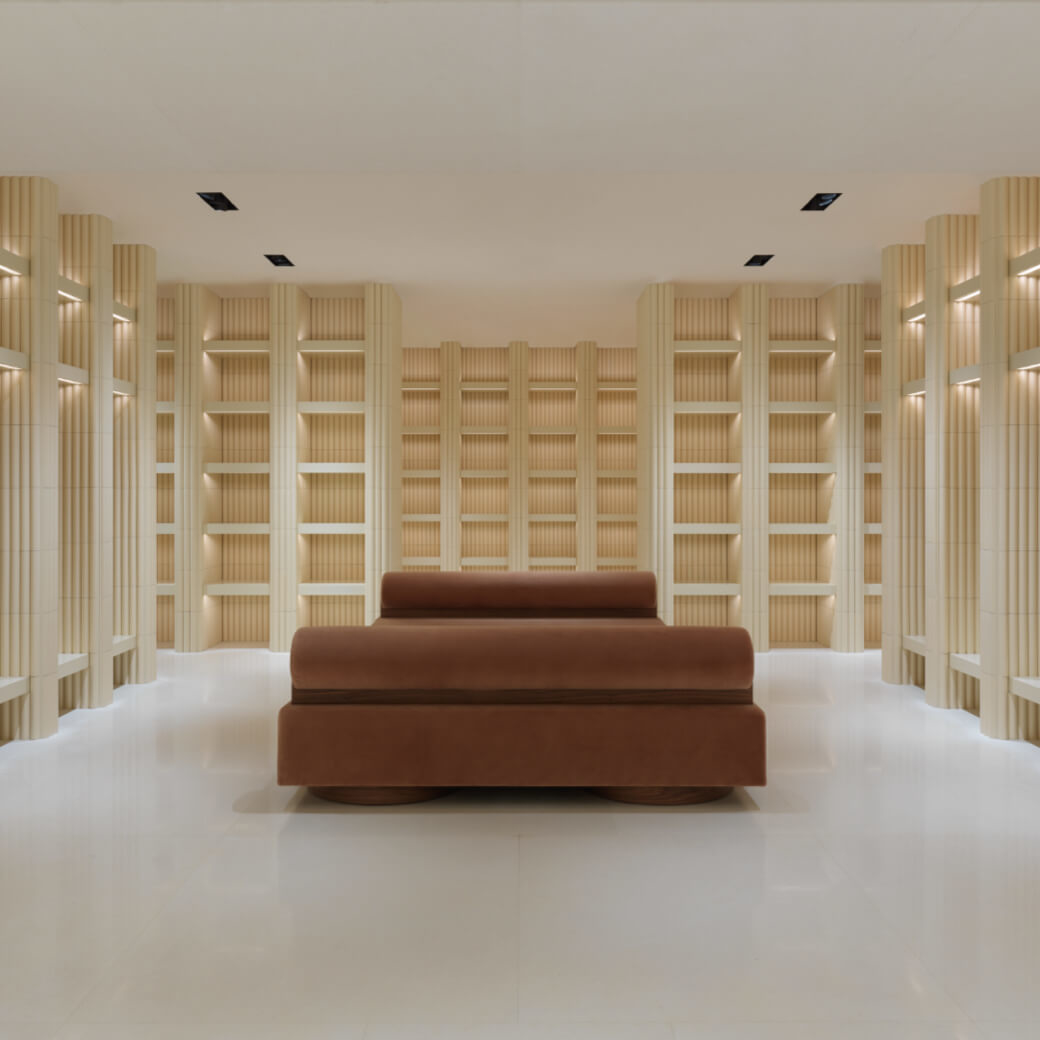
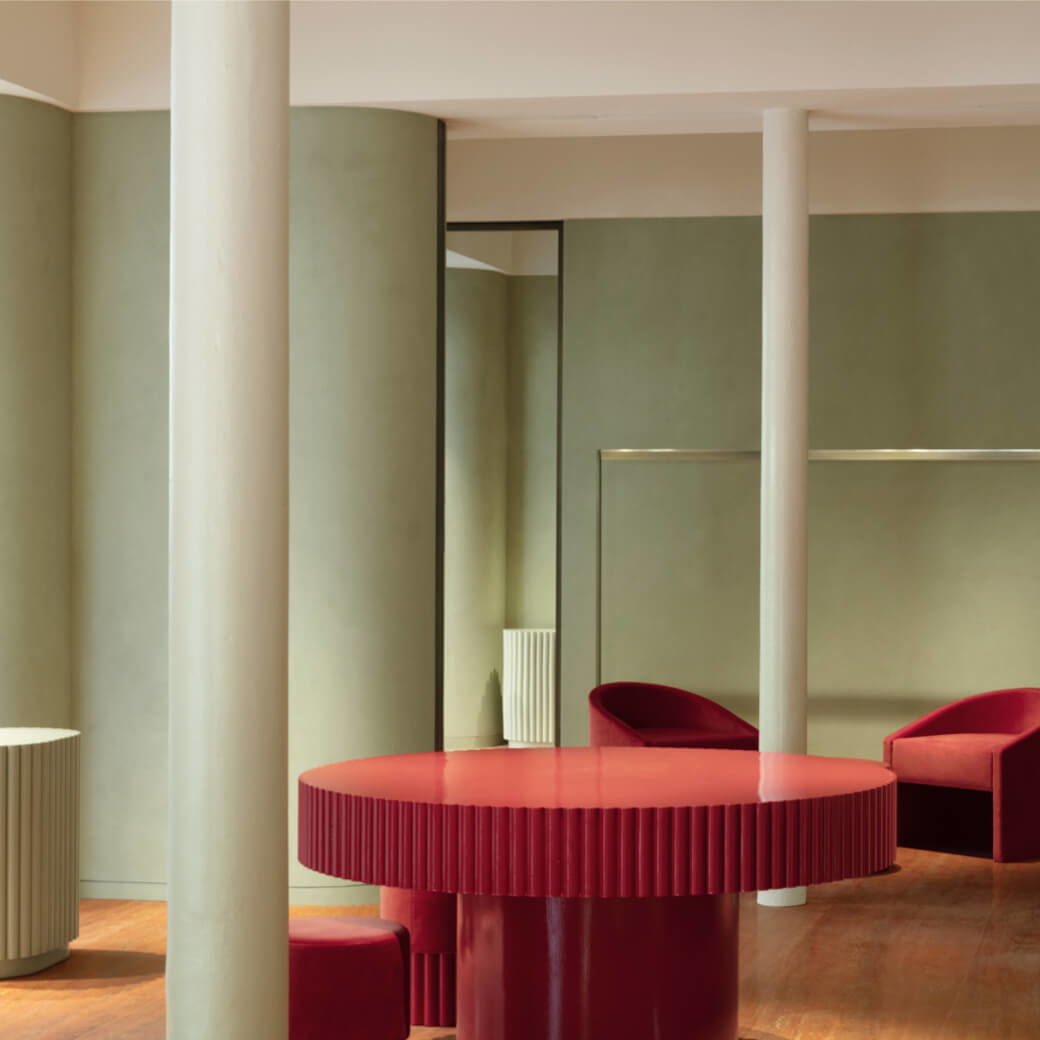
On the Left: Icicle SBM Shanghai ©Suisicong // On the Right: Carven ©Romain Laprade
5. How influenced are your designs by the location and surroundings in which they exist?
Very often the location can play a founding role for the project. For example, when designing a house, the slope of the landscape, the views and the orientation play a big role. The sun and climate too. For example, do we protect windows from the sun or do we expose them? Then, references to local architecture styles can be used, as well as the use of local materials. Each project is different between the meeting of a client, a program, an architect and a site - nevermind the budget and potential delays, too!
6. Which contemporary artists, famous or emerging, are a source of inspiration to you?
The reference to the work of a few artists plays a role in our design process, consciously or unconsciously. For example, the work of Sol Lewitt, James Turrell, Dan Flavin, Ellsworth Kelly or Imi Knoebel. A few pieces I have at home by Danh Vo, Robert Mapplethorpe, Leon Wuidar, Rineke Dijkstra, Sterling Ruby are a much more indirect source of inspiration but they are alway on my mind because I live with them.
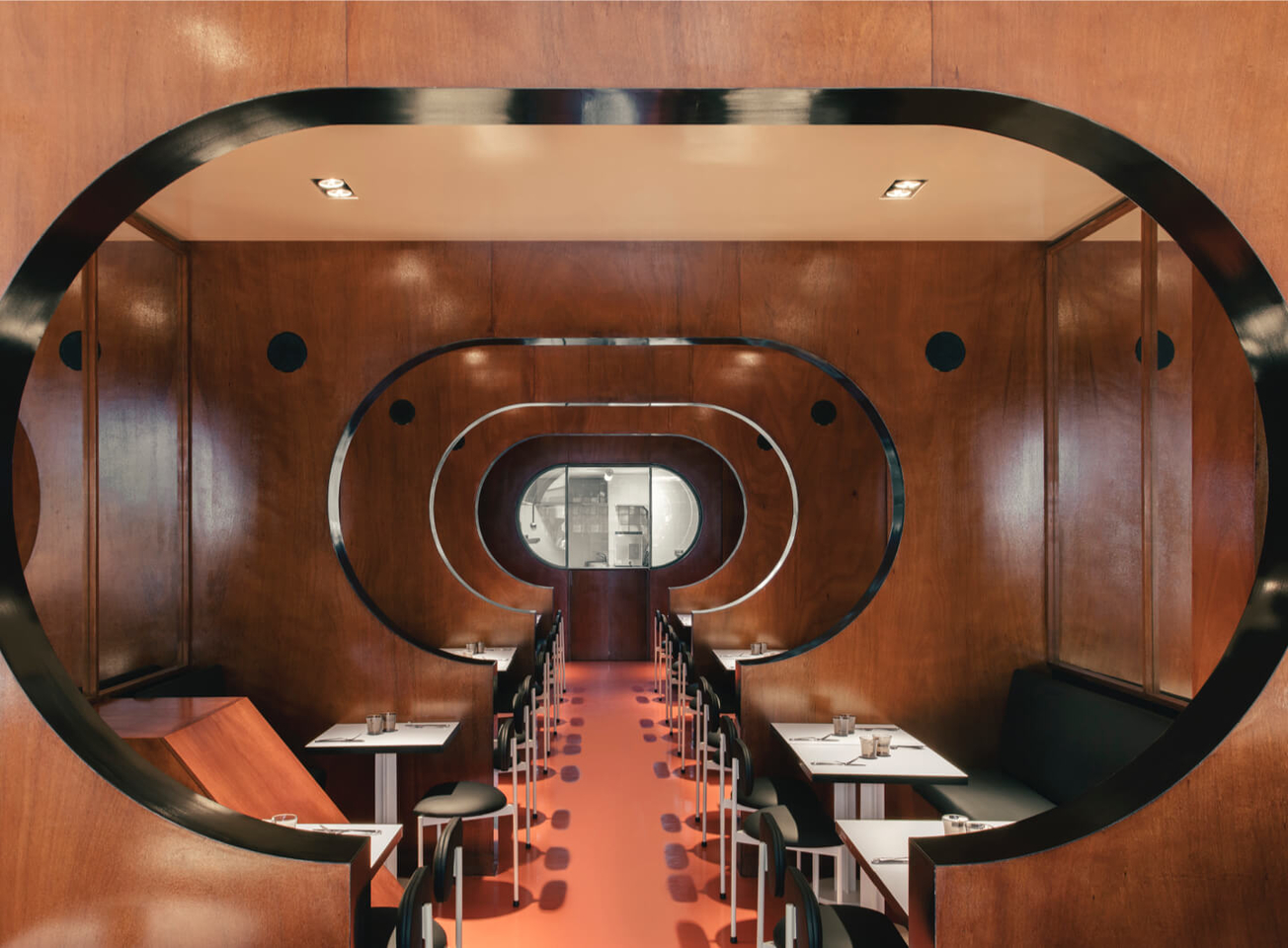
Finally, Bernard's interior design for the Parisian restaurant PNY Fabourg St Antoine ©Romain Laprade
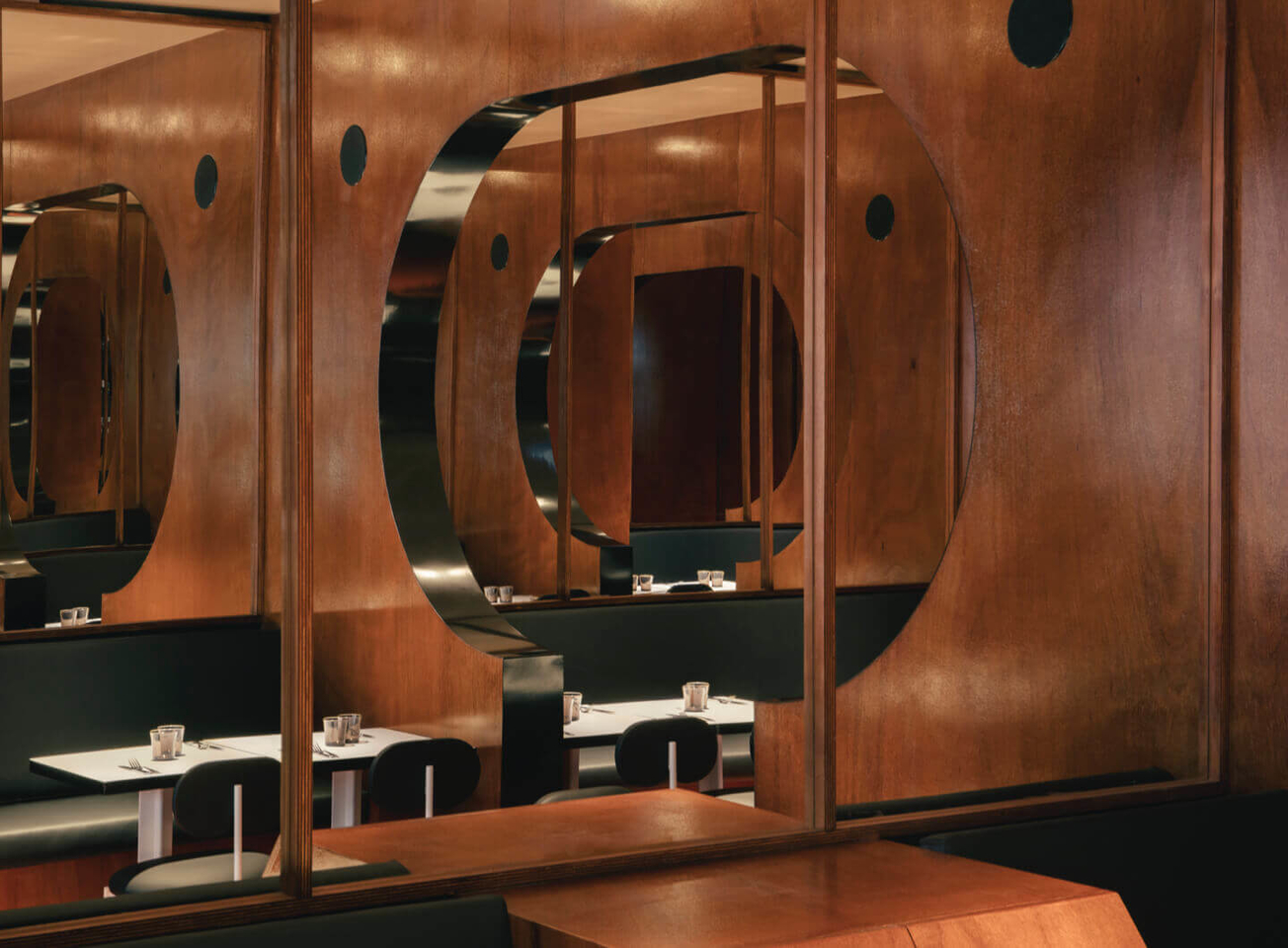
Their favorite artworks

